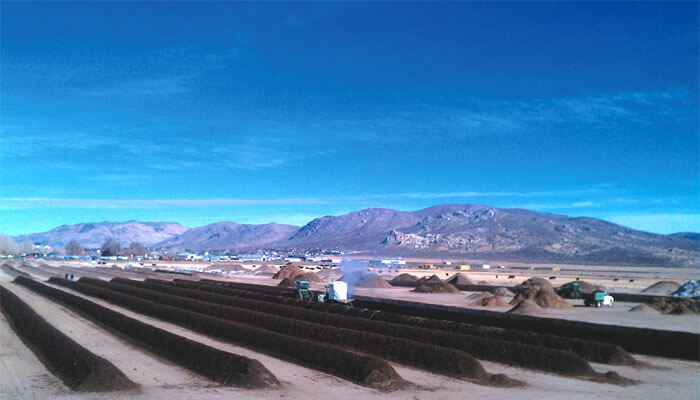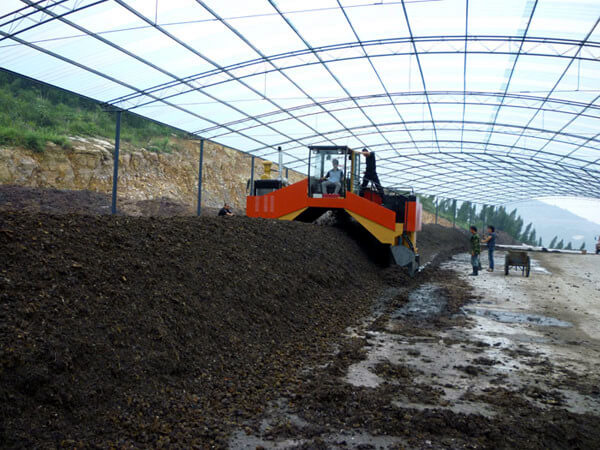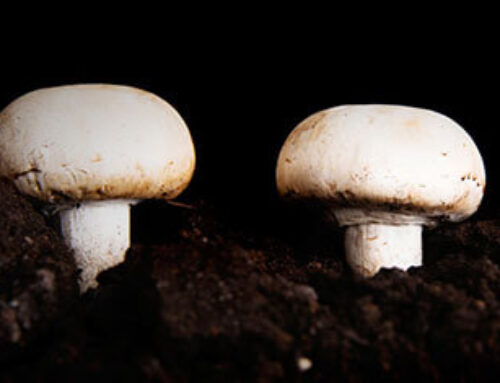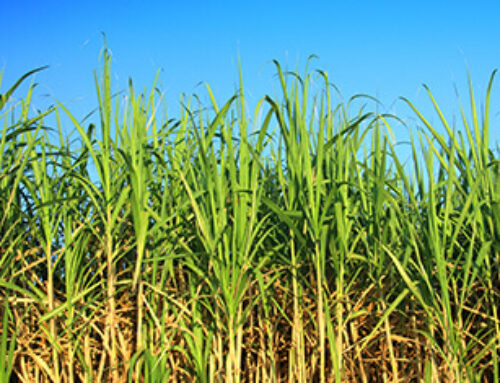
Composting facility means the physical site or operation location where the composting of putrescible solid waste from the residential, commercial, or industrial property for revenue or non-revenue generating use occurs. Biodegradables are best disposed of in a commercial composting system, as commercial compost piles contain large amounts of moisture, are kept at high heat, and are aerated frequently. In commercial composting systems organic matters are expected to degrade faster than in-home composting. Many commercial facilities grind or cut products such as biodegradable cutlery in smaller pieces to decrease degradation time.
How to pile the composting materials? How to fast compost the organic materials? What kind of composting equipment is best available for industrial-scale composting? The answers to those 3 questions will exactly simplify the secret of industrial composting’s success!
Compost Pile Constructing → How to Pile the Compostable Materials?
Composting sites should be carefully chosen first. It should be relatively flat and free of stones, tree stumps and bulbous weeds. In addition, as mentioned above, the area should be spacious and open enough for machinery used to turn the compost, especially in industrial composting. Normalized composting sites are always well-located to prevent contaminating adjacent land or waterways via wind drift and water runoff.
In large-scale composting, organic materials are piled into long windrows, always 5-8 feet high (1.5-2.5m), 14-16 feet wide (3.5-5m) and as long as necessary. Materials are put down in proper sequence:
★ Coarser materials, such as twigs, stalks and chipped branches, which decompose faster, are placed in the bottom layer. Workers water this layer until moist.
★ Nitrogenous materials like fresh manure, garden plant residues and green materials, is placed on the top layer of the pile.
★ As good compost must have a balance of carbon-rich and nitrogen-rich (green leafy matter or manure) materials to keep a carbon: nitrogen (C:N) ratio of about 30:1, carbonaceous material such as pallets, waxed cardboard, chips and sawdust should also be put down on the layer.
★ To prevent odors and hasten decomposition, the pile should be turned occasionally to expose seeds, insect larvae, and pathogens to lethal temperatures inside the pile. Large-scale compost facilities require advanced technologies and closely managed procedures to maintain their reputation as a “good neighbor”.
Here comes the next question:
Composting Machine Choosing → What Equipment is Best Available for Industrial-scale Composting?
The mixed material is piled into long heaps and left to decompose. As compost is a diverse pile of measured ingredients in which moisture (moisture content of 50-60% is generally considered optimum for composting), oxygen (Oxygen is essential for the metabolism and respiration of aerobic microorganisms, and for oxidizing the various organic molecules present in the waste material.) and temperature (decomposition occurs most rapidly during the thermophilic stage of composting (40-60℃)) are managed to create ideal breeding habitat for a beneficial suite of micro-organisms, workers should periodically turn the windrows when the temperature rises above 60℃ (temperature is a key parameter determining the success of composting operations) to provide oxygen and ensure that all parts of the pile are subjected to the same heat treatment.
Large scale/commercial composting systems must rely on large composting equipment, such as WINDROW TURNERS, to realize fast decomposition. Speaking of windrow turners, we should know their classification. Generally speaking, compost turner can be divided into 4 types: Self-propelled type, Groove type, Forklift type, and Tow Behind type.
Among the 4 kinds, the self-propelled type, especially full hydraulic crawler compost turner, is the most popular one all over the world. In commercial compost-making sites, they have super large capacity requirements. The efficiency of the composting machine directly affects the sales volume of the finished compost. The full hydraulic compost turner is equipped with an automatic hydraulic system, which promises its smooth function and great performance. Its largest capacity is 2500-3000 m³per hour, which will totally satisfy composters’ output demands. It is also called “the King of the Composting Machines”.
How to Fast Compost the Organic Raw Materials?
Except for the 3 elements (moisture, temperature, and aeration) mentioned above, the secret to making fast compost is
1. finely shredding the carbon-rich ingredients such as fallen leaves, hay, straw, paper, cardboard, etc.;
2. Add the biological fermentation agent or strain to the well-constructed compost windrows.
Click to see “Parameters affecting the composting process and generated compost quality”
What Are Ideal Composting Conditions?
◆ Temperature. Most commercial facilities regularly turn or aerate their piles and monitor the internal temperature to assure it is between 105°and 145°F.
◆ Airflow. Regulating air flow to the compost heaps/windrows helps maintain proper temperature, assuring that micro-organisms receive enough oxygen to survive and reproduce.
◆ Moisture content. Commercial facilities regularly monitor the moisture content of their piles and add more if necessary (microorganisms require adequate moisture levels to survive).
TIPS:
It needs the support of people and organizations that promote the practice of composting both at home and at the commercial level to make commercial composting more widespread.





